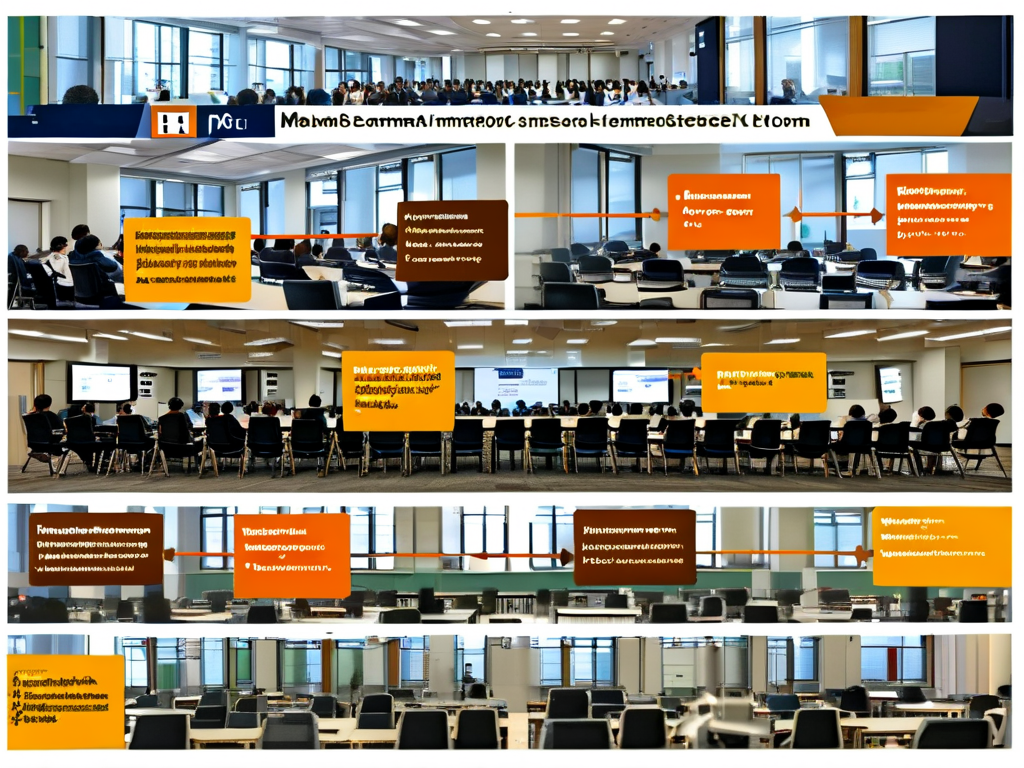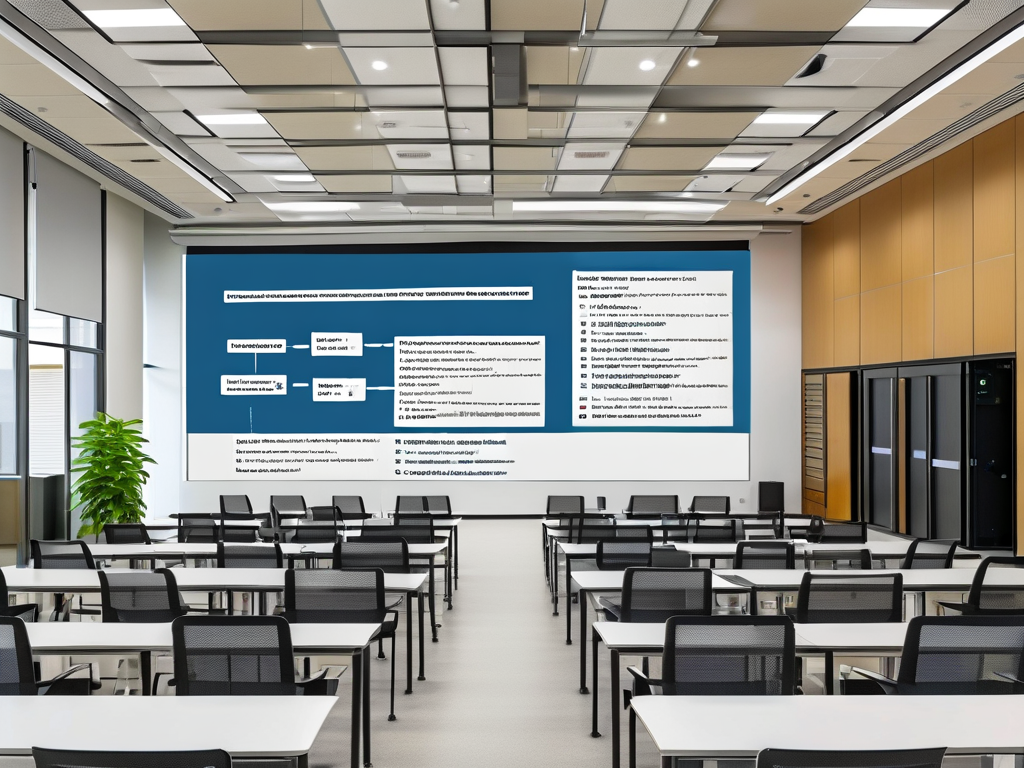Educational institutions are increasingly embracing digital transformation, as evidenced by the recent school automation deployment strategy meeting held on September 15. Attended by IT administrators, academic department heads, and third-party technology partners, the session focused on optimizing workflows through intelligent systems integration. Below is a detailed synthesis of the discussions and action plans.
Current Infrastructure Assessment
The meeting opened with an analysis of existing manual processes. Participants identified repetitive tasks such as student enrollment updates, classroom resource allocation, and gradebook synchronization as primary candidates for automation. A startling revelation emerged: administrative staff spent 23% of their workweek on data entry across six disparate systems.
"Legacy systems were built for stability, not agility," remarked Dr. Emily Zhou, Director of Academic Affairs. "Our new strategy must bridge departmental silos while maintaining compliance with FERPA guidelines."
Proposed Automation Framework
Technology partners demonstrated a proof-of-concept using Ansible for server configuration management and Jenkins for continuous integration. Key features included:

# Sample pipeline configuration for grade synchronization
- trigger: nightly_cron_job
tasks:
- extract_sis_data
- validate_against_ldap
- push_to_learning_platforms
- generate_audit_report
The group consensus favored a phased approach:
- Pilot automation for attendance tracking in Q4 2024
- Expand to course scheduling by Q2 2025
- Full-scale academic reporting integration by Q4 2025
Security and Compliance Protocols
Cybersecurity experts emphasized the need for granular access controls. A three-tier permission model was proposed:
- Tier 1: Read-only access for faculty
- Tier 2: Limited write permissions for department admins
- Tier 3: Full system control for central IT
Notably, the group vetoed third-party SaaS solutions for sensitive student records, opting instead for on-premises Kubernetes clusters with air-gapped backups.

Faculty Training Initiatives
Human resistance emerged as a critical discussion point. "Automation isn't about replacing people, but empowering them," stated Mark Thompson, a veteran computer science instructor. The approved training plan includes:
- Monthly "Automation Office Hours" with IT staff
- Interactive sandbox environments for workflow testing
- Certification programs for advanced users
Budgetary Considerations
Financial officers presented a cost-benefit analysis projecting 18-24 month ROI timelines. Initial investments cover:
- $120,000 for server hardware upgrades
- $45,000 annual licensing for enterprise automation tools
- $28,000 allocated to professional development
Unexpectedly, the group identified potential savings through automated energy management systems in campus buildings – a cross-departmental opportunity worth exploring separately.
Contingency Planning
The final hour addressed risk mitigation strategies:
- Fallback procedures for system outages during exam periods
- Dual authentication requirements for gradebook modifications
- Quarterly penetration testing by external auditors
As the meeting adjourned, participants agreed to reconvene in November for a progress review. The collective vision? To transform administrative efficiency while preserving the human-centric essence of education – a delicate balance that this automation initiative strives to achieve.
Future discussions will explore AI-driven predictive analytics for student performance monitoring, though ethical implications remain under faculty committee review. For now, the focus remains on building robust infrastructure to support tomorrow's smart campus ecosystems.









